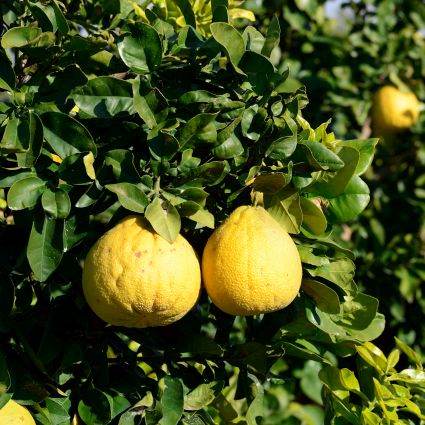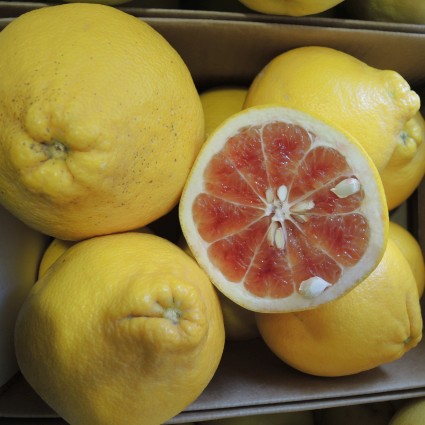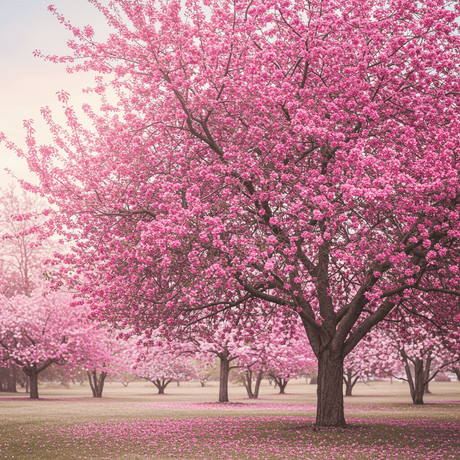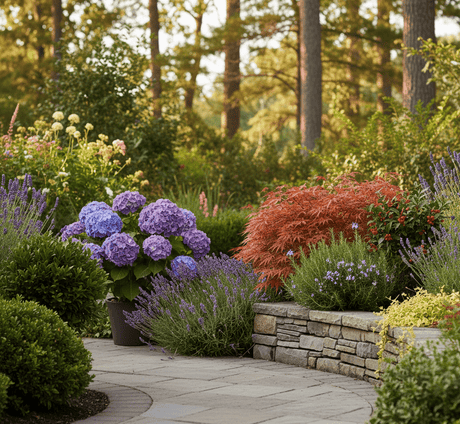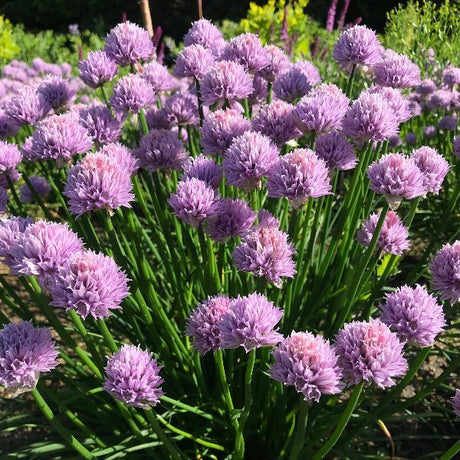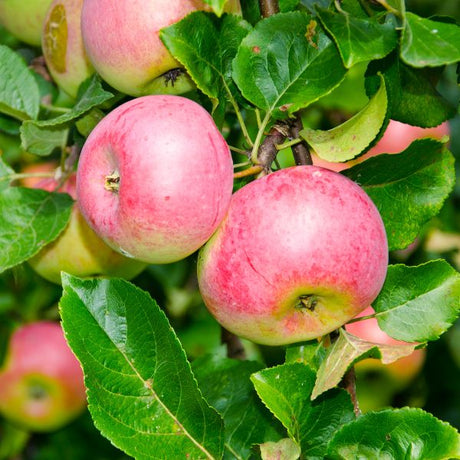Valentine Pummelo Tree
Citrus maxima 'Valentine'
- Stay Protected with Plant Sentry ™
Valentine Pummelo Tree - #3 Container is backordered and will ship as soon as it is back in stock.
Plant Sentry™
Plant Sentry™

Plant Sentry™ Protected
Your order is protected by our compliance system that:
- Prevents restricted plants from shipping to your state
- Ensures plants meet your state's agricultural requirements
- Protects gardens from invasive pests and diseases
Delivery and Shipping
Delivery and Shipping
Delivery and Shipping
Fast, Safe Plant Delivery
Ships in 3-4 business days • Tracking provided • Weather protected
| Under $50 | $9.99 |
| $50 - $99.99 | $14.99 |
| $100 - $149.99 | $16.99 |
| $150 - $198.99 | $24.99 |
| $199+ | FREE |
✓ Zone-specific timing • ✓ Professional packaging • ✓ Health guarantee
Understanding Plant Options
Nature Hills offers plants in two main formats:
- Container Plants: Grown in pots with soil, sized by container volume and plant age
- Bare Root Plants: Dormant plants without soil, sized by height measurements
Container Plant Sizes
Container sizes indicate plant age and growing capacity rather than liquid volume equivalents. Our containers follow industry-standard nursery "trade gallon" specifications, which differ from standard liquid gallon measurements.
Young Plants (6 months to 18 months old)
| Container Size | Actual Volume | Metric Equivalent |
|---|---|---|
| 2" x 2" x 3" | 0.18 - 0.21 dry quarts | 0.20 - 0.23 dry liters |
| 4" Container | 0.31 - 0.87 dry quarts | 0.35 - 0.96 dry liters |
| 4.5" Container | 0.65 dry quarts | 0.72 dry liters |
| 6" Container | 1.4 dry quarts | 1.59 dry liters |
| 1 Quart | 1 dry quart | 1.1 dry liters |
| 5.5" Container | 1.89 dry quarts | 2.08 dry liters |
Established Plants (18 months to 2.5 years old)
| Container Size | Actual Volume | Metric Equivalent |
|---|---|---|
| 2 Quart | 2 dry quarts | 2.2 dry liters |
| #1 Container | 2.26 - 3.73 dry quarts | 2.49 - 4.11 dry liters |
| 5" x 5" x 12" | 3.5 - 4.3 dry quarts | 3.85 - 4.74 dry liters |
Mature Plants (2-4 years old)
| Container Size | Actual Volume | Metric Equivalent |
|---|---|---|
| #2 Container | 1.19 - 1.76 dry gallons | 5.24 - 7.75 dry liters |
| #3 Container | 2.15 - 2.76 dry gallons | 8.14 - 12.16 dry liters |
Large Plants (3-5 years old)
| Container Size | Actual Volume | Metric Equivalent |
|---|---|---|
| #5 Container | 2.92 - 4.62 dry gallons | 12.86 - 20.35 dry liters |
| #6 Container | 5.25 - 6.01 dry gallons | 23.12 - 26.42 dry liters |
| #7 Container | 5.98 - 6.53 dry gallons | 26.34 - 28.76 dry liters |
Bare Root Plants
Bare root plants are sold by height from the root system to the top of the plant. Plants may exceed minimum height requirements.
Common Sizes:
- Trees: 1 foot, 2 feet, 3 feet, 4 feet, 5 feet, 6 feet
- Shrubs & Perennials: 1 foot, 18 inches, 2 feet
Important Notes
Container Volume Specifications
- Trade Gallon Standard: Our containers follow industry-standard "trade gallon" specifications established by the American National Standards Institute (ANSI Z60.1) for nursery stock
- Volume Variations: Actual soil volume may vary due to plant root systems and growing medium settlement
- Age Indicators: Container size primarily indicates plant age and maturity rather than liquid volume equivalents
Growing Conditions
- Plant size can vary based on variety and growing conditions
- Container size helps indicate plant maturity and establishment level
- Larger containers generally mean more established root systems and faster landscape establishment
Seasonal Availability
- Bare root plants are available seasonally when dormant
- Container plants are available throughout the growing season
- Specific varieties may have limited availability in certain sizes
Questions?
For questions about specific plant sizes or availability, please contact our plant experts who can help you choose the right size for your landscape needs.
Plant Highlights
Valentine Pummelo Tree highlights at a glance!
-
Botanical Name
-
Brand
-
Growth RateModerate
-
Mature Height
-
Mature Width
-
Leaf Color
-
Flower Color
-
Pollinator FriendlyYes
-
Pollinator Required
-
Bloom PeriodLate Spring
-
FragrantYes
Characteristics
Where To Plant
When To Prune
- Late Spring
Water & Moisture Needs
- Moderate
Sunlight Needs
Soil Needs
- Slightly Acidic Well-Drained
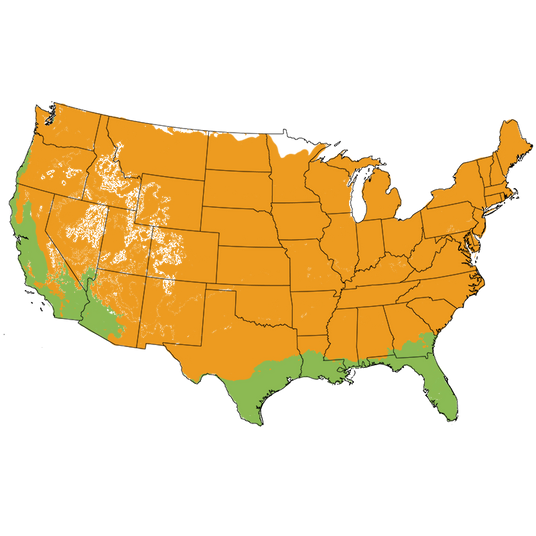
Growing Zones
The delicious Valentine Pummelo Tree (Citrus maxima 'Valentine'), sometimes spelled Pomelo, is a relatively new fruit on the market and we are very proud to offer it to you. The fruit are heavy for their size and ripen around February 14 every year. A cross between a Pummelo and a Blood Orange gives the flesh its deep red color and sweet-tart taste.
If you are lucky enough to live where Citrus Trees flourish, you'll want to give Valentine a try. The fragrant white blossoms will be buzzing with pollinators and quickly start to swell into these enormous yellow-rinded fruits with delightful pink flesh.
It's very similar to the traditional Grapefruit but with some distinct bonuses. Aside from its noticeably larger size, and its exotic, sweet, juicy flavor, it is much easier to segment than the traditional Grapefruit!
Planting and Application:
Protected by a thick layer of rind, these rounded fruits are beautiful to behold and the tree is highly ornamental when in bloom and when dripping in enormous fruit! Go ahead and use this double-duty Citrus Tree as a fantastic shade or specimen plant in both front and back yard landscaping! The evergreen foliage looks handsome year-round. Cool your seating areas around pools, patios, and terraces, just don't sit directly underneath one when the fruit is ripe.;
Either plant as a bush as a hedge or privacy screen, or trim up into a multi-trunked tree, the choice is yours! In colder climates plant it in a container on the patio or deck to move it indoors before the first frost. Plant it in a container on the balcony, or keep it year-round as a houseplant. No matter where you live, you can enjoy this huge, sweet, healthy fruit!
- Juicy & Heart Shaped Yellow Fruit
- Sweet-Tart Red Flesh
- Fresh Eating & Juiced
- Ripens February to March
- Heavy Bearing
#ProPlantTips for Care:
Citrus trees do best in the full sun only. Plant in a very well-drained, loose soil and allow it to dry out slightly between waterings, and ensure containers have very good drainage. Provide regular fertilizer and soil on the acidic side.
Although Citrus can grow year-round in warmer regions (zones 9 and 10), they can also thrive in colder areas (zones 4 to 7) as long as the tree is brought indoors before the first frost of winter.
In zone 8, you can cover your tree in the event of a cold snap or unexpected overnight freeze. Citrus will need to be planted in a sheltered spot to avoid the worst of the chill, and not planted in a low area that collects cold air. If a spot like that is unavailable, or you are in a chill-prone climate, then you are safer planting Citrus Trees in a large, deep container with wheels to easily move them to a protected location or indoors when needed.
In cold growing zones, begin slowly acclimating your tree indoors in the fall, or into a protected location, eventually moving your tree inside. Indoor plants need a bright indirect sun window, greenhouse, sunroom, or enclosed patio for the winter. In spring, reverse this process and begin acclimating your tree to again be back out in the full sun all summer. This reduces stress and leaf drop.
Order the delicious and easy-to-grow Valentine Pummelo Tree from NatureHills.com today! We don't guarantee it will spice up your love life - but we don't guarantee it won't either!

